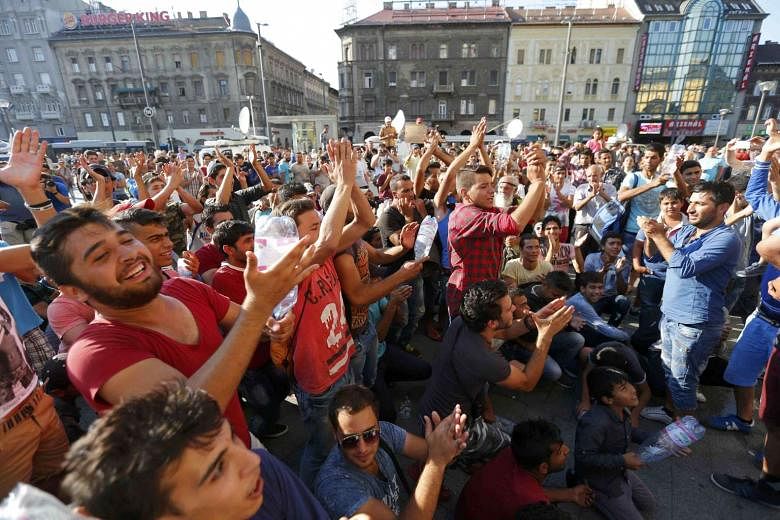Europe's migrant crisis has escalated in recent months, leaving the continent divided over how to deal with the influx of people fleeing their homeland.
A record surge in numbers, and the opening up of new routes over the Balkans in addition to the Mediterranean sea route, have prompted European Union leaders to call for urgent measures.
Here are some key questions and answers about the biggest crisis of its kind to face Europe since World War II:
Why is the surge in numbers happening now?
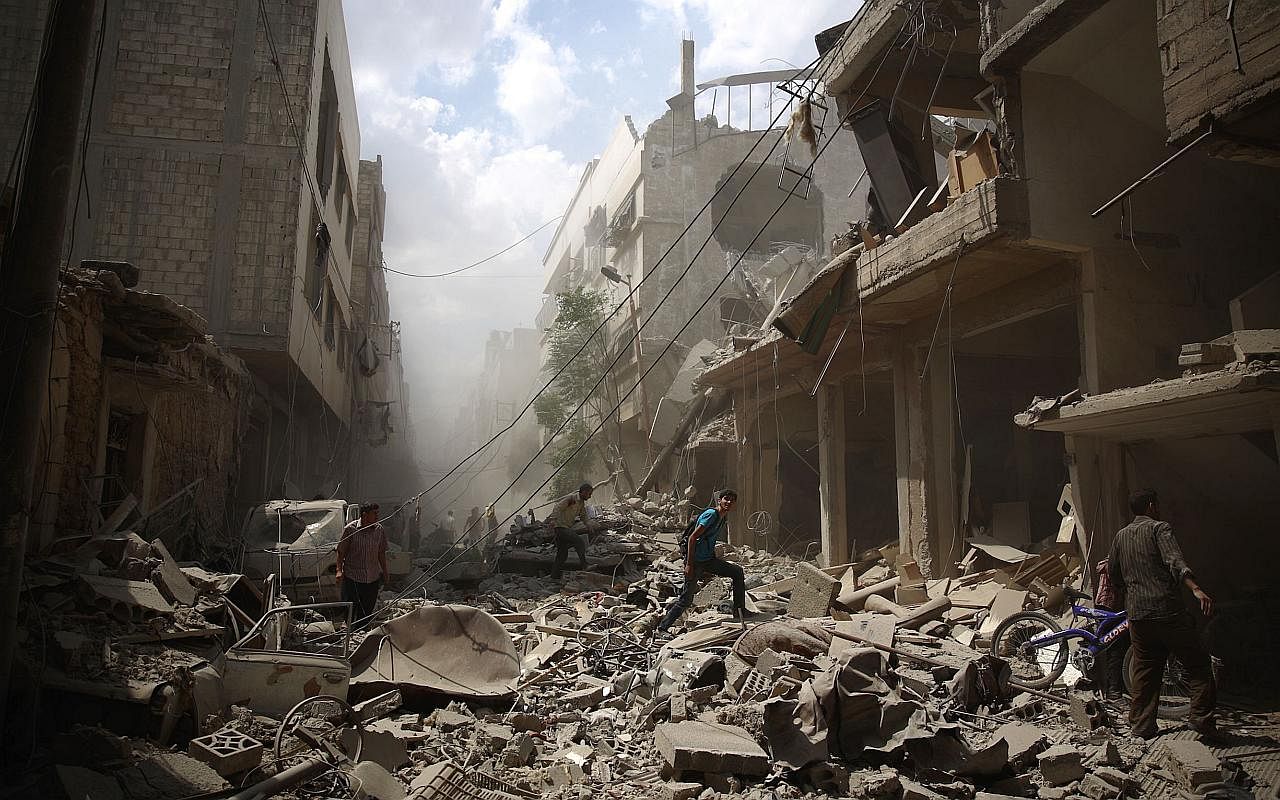
The situation in Syria, the origin of the largest number of refugees, has worsened because of the rise of the Islamic State in Syria and Iraq (ISIS) and the continuing civil war, driving Syrians to flee their homeland. More of them are going directly to Europe instead of staying in refugee camps in neighbouring countries that are bursting at the seams, says Ms Melissa Fleming, spokesman for the UN refugee agency. The longer people spend in refugee camps in Lebanon, Jordan and Turkey, the more likely they are to realise that they cannot start a new life there and want to leave, especially with no sign of the four-year-old civil war in Syria ending anytime soon.
People have also been drawn by Germany's announcement in August that it expects to process 800,000 asylum applications this year, and Berlin's decision to become the first European Union state to stop returning Syrian asylum seekers to their first EU port of entry. As a result, there has been a flood of people trying to travel through the EU to get there.
Besides Syrians, there are also migrants from countries like Eritrea, Nigeria and Somalia that are torn apart by war, dictatorial oppression, poverty and religious extremism.
Even people from conflict-free areas such as Serbia and Macedonia are leaving their homeland for better economic and employment prospects in Europe.
How many are arriving in Europe and where do they go?
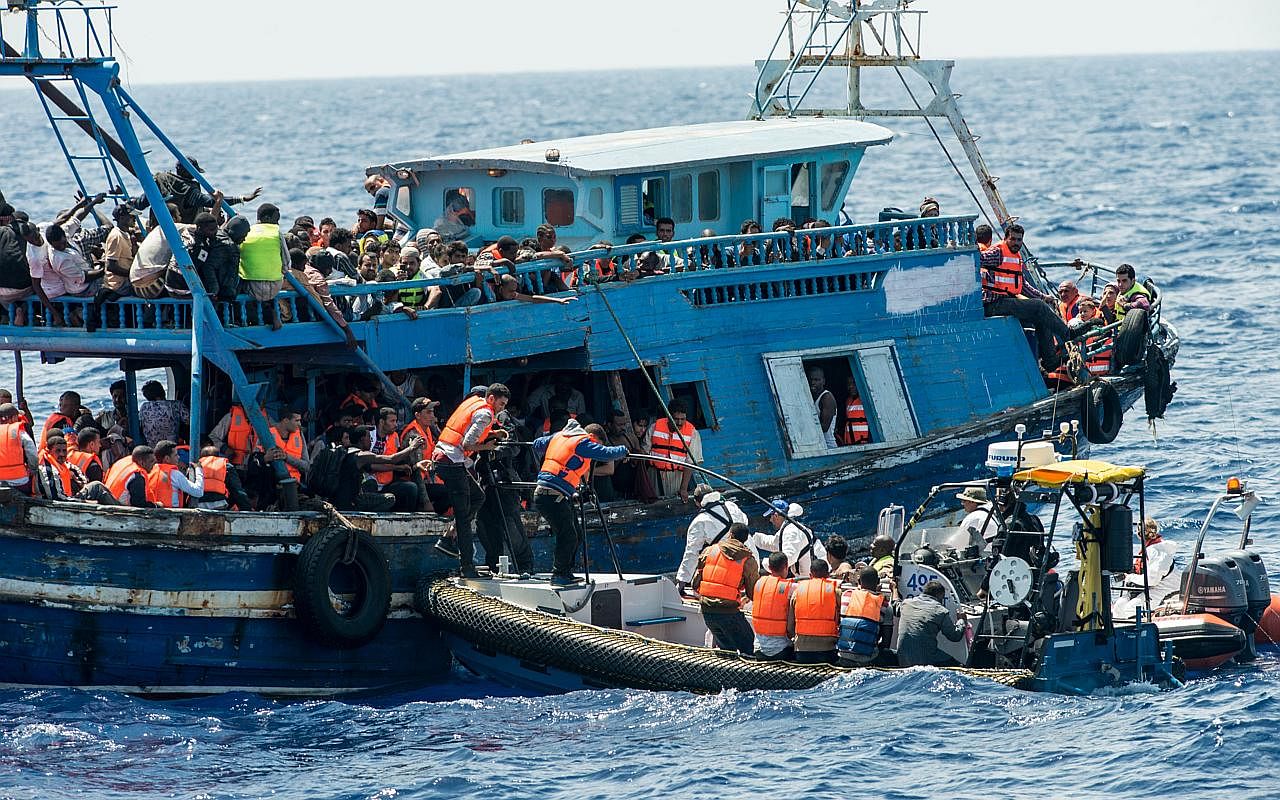
More than 350,000 people have made the perilous journey across the Mediterranean sea so far this year, figures from the International Organisation for Migration (IOM) show. Some 234,770 alone were in Greece - more than the Europe-wide total for all of 2014. The United Nations says the migrants often travel by boat from Turkey to the islands of Lesbos, Chios, Samos and Kos.
Besides Greece, Hungary and Italy are also bearing the brunt of the problem. IOM says more than 114,000 people have made it to Italy so far this year, with many taking the central Mediterranean route on rickety boats from Libya. A total of 156,000 refugees have entered Hungary since January, according to official estimates.
Many of these migrants move on to other countries - with the most popular final destinations being Germany, Sweden and Britain.
The French port city of Calais has also been the scene of a cat-and-mouse game between police and hundreds of migrants trying to smuggle themselves into Britain via the undersea Channel Tunnel. But the migrants in Calais account for between 1 per cent and 2.5 per cent of the more than 200,000 who have landed in Italy and Greece this year.
Concern over the perilous sea journey has prompted some migrants to travel by land - via buses, trains and/or by foot. In recent weeks, thousands of people have arrived in Hungary, Austria, Germany and Croatia, putting immense pressure on local authorities. Hungary sealed off its border with Serbia on Sept 15, cutting off a key route into the EU used this year by more than 200,000 migrants.
What are some migrant incidents this year?
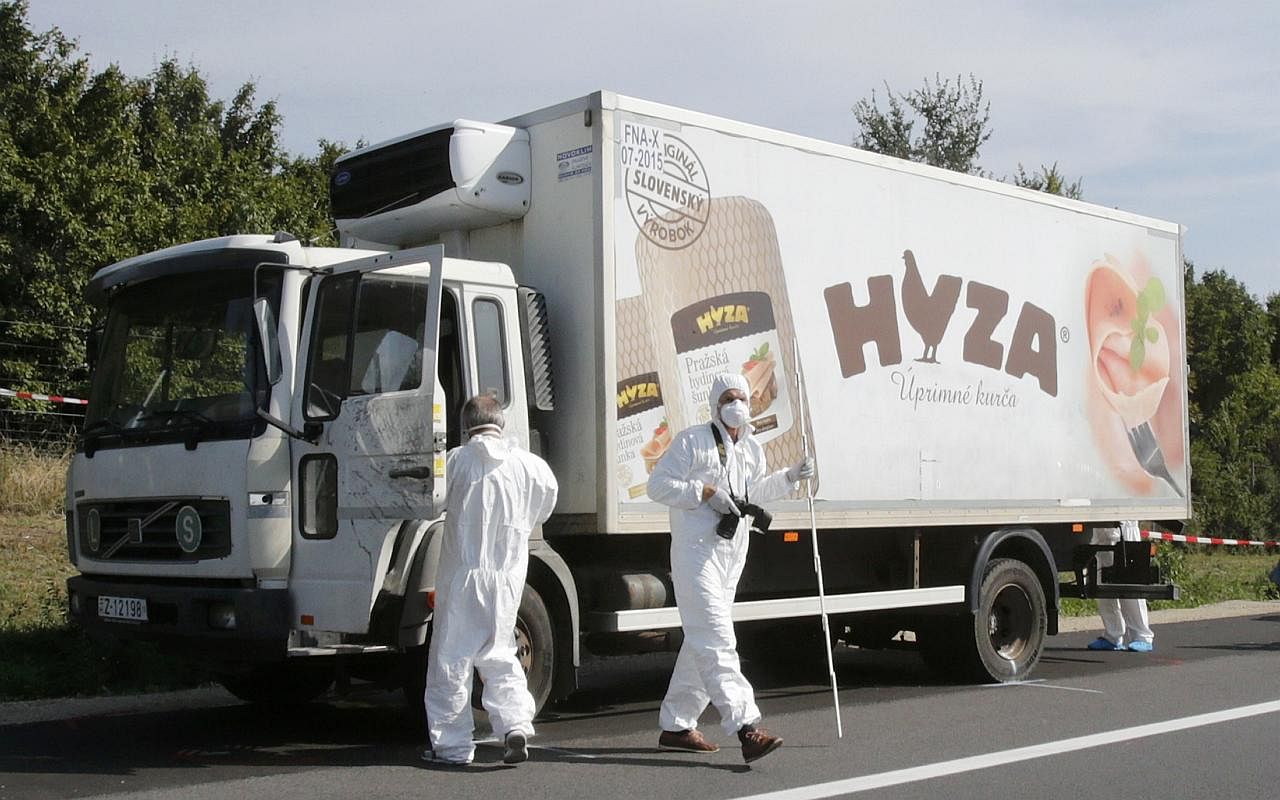
Sept 2 : The body of three-year-old Syrian boy Aylan was photographed lying in the sand in Bodrum, Turkey after he drowned in a boat accident while his family tried to reach Greece - an image that sparked international attention on the plight of refugees. His five-year-old brother Ghaleb and mother Rihana also drowned while trying to reach Europe across the Aegean Sea. Only his father survived.
Sept 1: Eurostar passengers were left stranded in the dark in Paris after suspected migrants entered the track in an attempt to enter Britain in the latest disruption to the cross-Channel service. Five trains - one in Britain and four in France - were prevented from entering the Channel Tunnel after the group blocked the tracks in Calais. A sixth train was also interrupted in Britain.
Sept 1: Hundreds of migrants were left stranded outside Budapest's main railway station after being barred from travelling to Germany by police. The ban was enforced just 24 hours after police unexpectedly allowed people stuck for days in camps to leave Budapest.
Aug 31: Hundreds surged onto trains bound for Germany and Austria after Hungarian police allowed people stuck for days in camps to leave Budapest, despite many not having EU visas. This saw the highest number of migrants entering Austria in a single day this year, with police saying 3,650 arrived in Vienna by train .
Aug 27: The decomposed bodies of 71 migrants, including eight women and four children, were found in an abandoned truck on Austria's main highway. Police said the victims, believed to be mainly refugees fleeing the war in Syria, may have been dead for up to two days. They were believed to have died from suffocation.
Aug 27: About 150 people were believed to have drowned off western Libya after a fishing boat and a smaller boat carrying migrants sank in the Mediterranean. Some 198 people were rescued.
April 19: Another boat that had just left the port city of Zuwarah, Tripoli, capsized off the Libyan coast during the night with up to 850 migrants aboard. Only 28 people were rescued. The boat reportedly capsized after people on board moved to one side when a ship approached. Reports said human smugglers had locked hundreds of the migrants in the ship's hold.
What has the EU done?
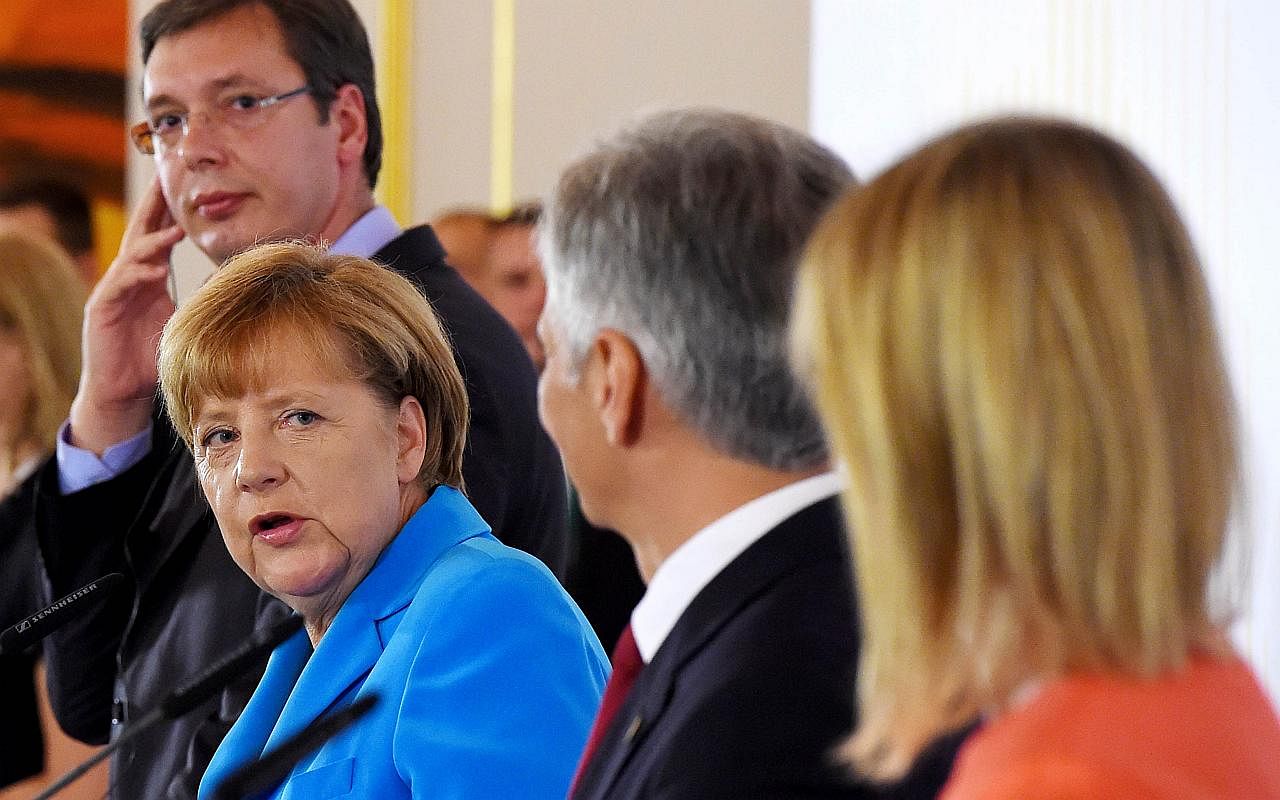
EU interior ministers agreed to relocate a further 120,000 asylum seekers around the bloc following an earlier accord to redistribute 40, 000 from Italy and Greece. However, they only agreed in principle to this number, but not on how it would be divided up among different countries.
Hungary and Slovakia led resistance to pleas to accept a quota system for the larger new number. They argue such schemes will draw more migrants and lead to further mass movements that threaten Europe's open borders system.
The ministers did however agree to increase manpower and resources protecting the external frontiers as well as aid to the United Nations refugee agency, Turkey and other states sheltering millions of Syrians fleeing civil war.
Rights groups also called for solutions such as giving work visas to refugees and migrants, arguing that it would reduce the smuggling that leads to tragedies.
SOURCES: AFP, REUTERS, NEW YORK TIMES, BBC, THE GUARDIAN
